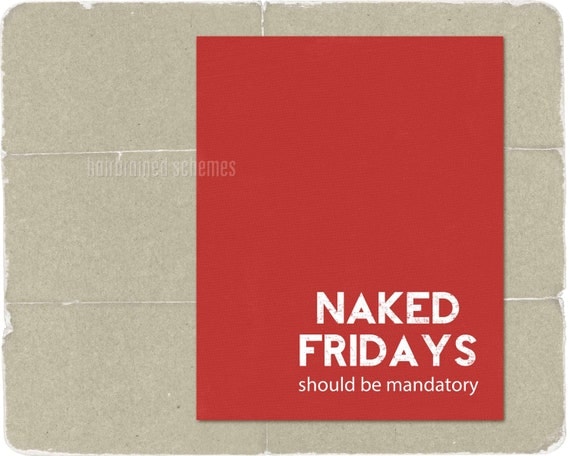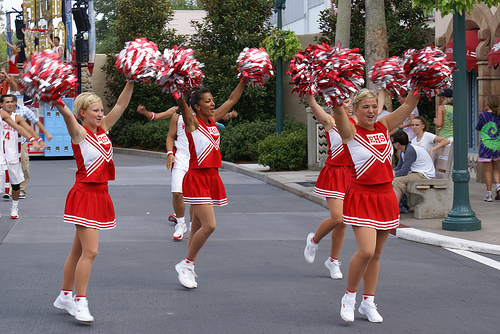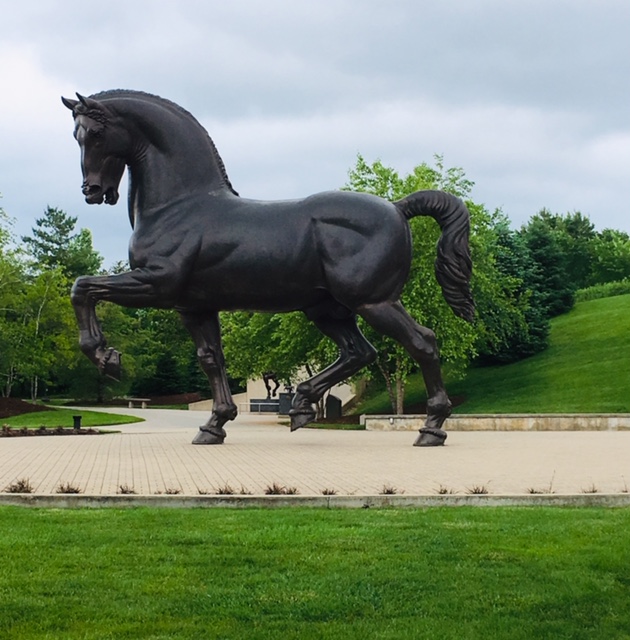(by Jim Blaine)
Must be the high season for letters of recommendation – those succinct summaries of superlatives for men and women of distinction. This time around the injured party is Maurice Ravelle Smith. The pantheon of choice: The Cooperative Hall of Fame sponsored by the National Cooperative Business Association (NCBA) and its’ international arm, the Cooperative League of the USA (CLUSA).
For those not in the know, NCBA/CLUSA is the 106 year-old trade/advocacy organization for all forms of cooperatives – producer, consumer, worker, purchasing, service, and social cooperatives, including credit unions. At heart the members of NCBA/CLUSA are an eccentric, motley crew of die-hard idealists, with an organizational vision “to build a better world and a more inclusive economy”. Well, they certainly have their work cut out for them!
As you might imagine, NCBA/CLUSA does not accept any run-of-the-mill folks into the Cooperative Hall of Fame. Leaders of the usual sort need not apply, something more is expected – statesmanship, lasting achievement, cooperative advancement, distinct recognition. Exceptional leadership is the standard – the real thing.
“Deifying” the Movement
Maurice Smith is the real thing. While Mr. Smith’s service as CEO of Local Government Federal Credit Union – and in numerous leadership roles at CUNA, Co-op Bank and on the boards of his local university, hospital and church – is remarkable; what is exceptional about Mr. Smith is his success in “deifying” the credit union movement. The Bible has its “Ten Commandments” and until recently the credit union movement had its “Seven Cooperative Principles”. Now it has eight! The fault lies with Mr. Smith.
The eighth cooperative principle for credit unions is: “Diversity, Equity, and Inclusion” (DEI) – a disruptive idea fraught with complex challenges in a world stubbornly fractured by loyalties to clan, tribe, sect, nation, class, and heritage. Suspicion is often the norm. Is this an opportunity or a problem? Fresh or “woke”?
The path forward, off-road, but on track, is awkward, tense, and uncertain – a tight wire perhaps, without safety net. Who in his right mind would lead us purposefully out over the abyss? Only a man of conscience, a noble and courageous leader, with a strong sense of justice. DEI will definitely challenge most of us, challenge us to cooperate, challenge us to change.
Tack and Tact
One sailing against the prevailing wind must tack, a leader fomenting change must have tact. Always courteous, considerate, and polite, Maurice Smith was able to achieve this revolutionary credit union change without uprising or revolt, because he is trusted by his peers and respected by all for his integrity.
Life is not the way it is supposed to be, it’s the way it is. Just take a look around. The way you chose to deal with life and people makes all the difference.
It’s unfortunate our best path forward at this time is DEI. Too bad we can’t simply honor and accept each other for who we are. But at least in the short run, DEI will force us to focus on our differences, in hopes that in the long run we will recognize we aren’t.
You have noticed that all those different colored M&M’s all taste the same, haven’t you? Perhaps in the future, the eighth cooperative principle will become “dignity, equanimity and intelligence”, which are higher human standards and an apt description of Maurice Ravelle Smith!
Maurice Smith grew up in Southport, North Carolina. I have known him for over 40 years as a colleague and friend. He is a model of good manners. His mother – he still calls her daily! – and his father reared him to honor his roots and to always sow seeds for the future. The success of their lessons is apparent. Maurice Smith is an exceptional human being – the real thing.
Mr. Smith, through his DEI-fication of credit unions, has sowed the seeds for the continued success of our cooperative movement…let’s hope it is a bountiful crop!
And it will be, if you and I cooperate…








